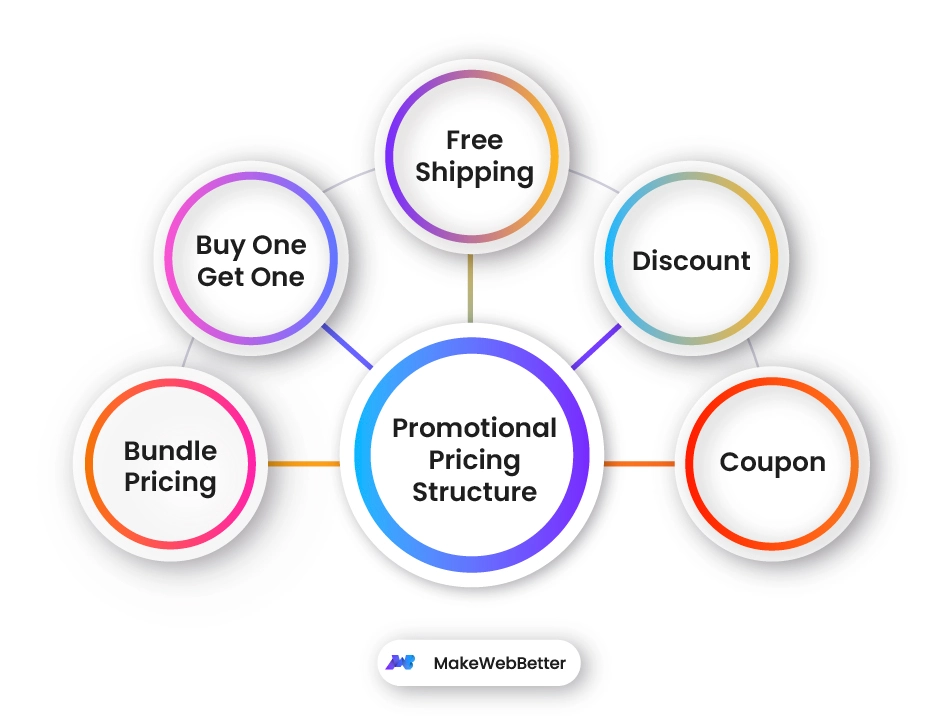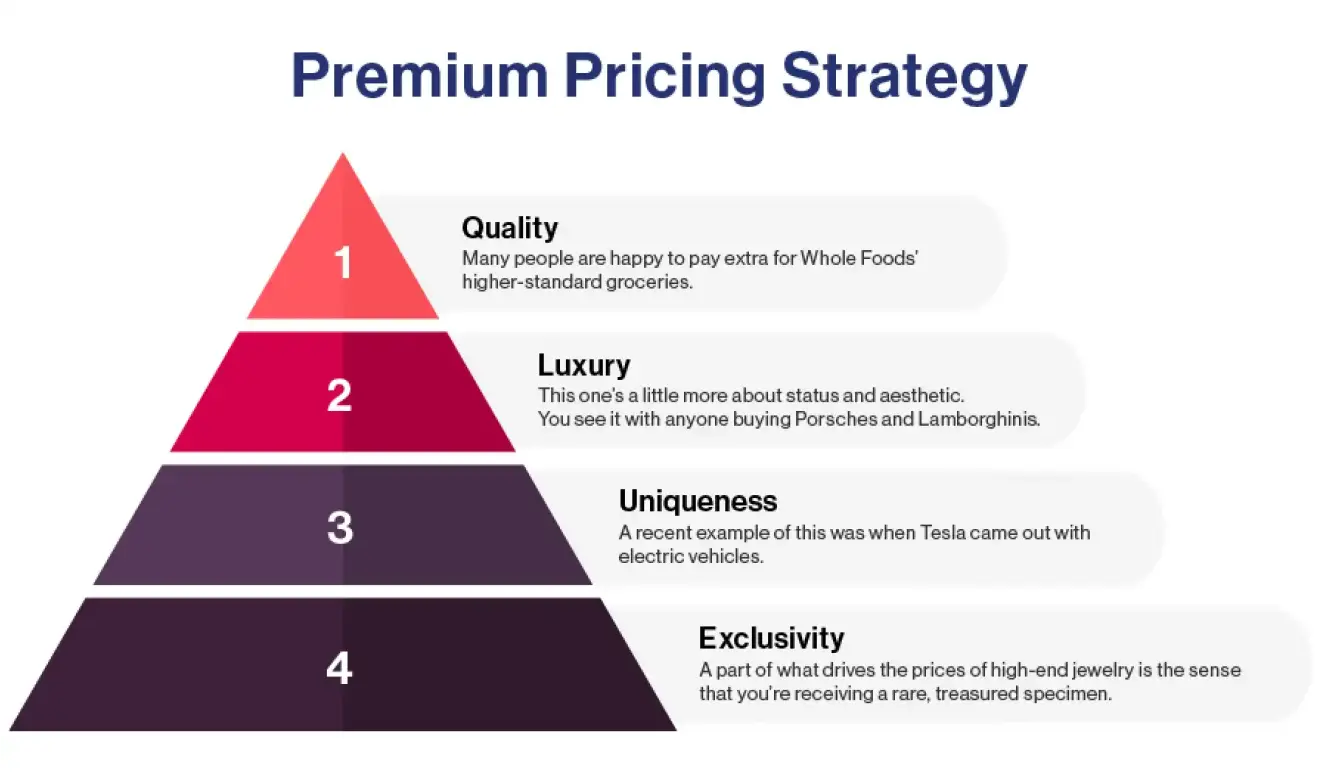The Role of Affordable Evaluation in Shaping Your Pricing Strategy
The Role of Affordable Evaluation in Shaping Your Pricing Strategy
Blog Article
Optimize Earnings With Proven Prices Approach Strategies
Methods such as value-based rates, dynamic rates, and complete market analysis can dramatically enhance a business's financial performance. Understanding customer assumption and leveraging information analytics for active pricing adjustments are essential parts of this technique.
Understanding Consumer Understanding
Recognizing client perception is vital for developing reliable prices techniques. It affects how customers review a product's value, quality, and general appearance. Companies have to acknowledge that customers often base their readiness to pay not entirely on the product's inherent attributes however also on emotional factors, including brand name credibility, social status, and viewed deficiency.

In addition, firms should consider the duty of pricing psychology, such as beauty prices or cost anchoring, which can significantly affect client habits. Understanding these understandings allows companies to mount their pricing methods in a fashion that lines up with consumer expectations while taking full advantage of profitability.
Integrating customer perception into rates techniques not just aids in setting affordable rates however likewise cultivates brand name commitment, as consumers really feel recognized and valued. Inevitably, a nuanced understanding of customer assumption can lead to sustainable revenue growth and boosted market positioning.
Analyzing Market Trends
To develop an efficient rates technique, analyzing market trends is essential for companies seeking to remain competitive. Understanding the dynamics of market fluctuations allows firms to make enlightened choices concerning prices adjustments, item launches, and source allotment - Pricing Strategy. By keeping an eye on consumer behavior, financial indications, and industry developments, companies can recognize patterns that inform their prices structures
Trick components to consider when examining market fads include need elasticity, seasonal variations, and arising innovations. Need flexibility assists organizations determine just how rate adjustments may influence consumer investing in choices. Seasonal trends can provide insights right into ideal prices during height and off-peak periods, enabling strategic discounting or promotional pricing. In addition, keeping an eye on technical advancements can assist recognize possible hazards or possibilities that might influence prices techniques.
Using data analytics tools can boost the precision of trend analysis, giving beneficial understandings that promote dexterous decision-making. Companies should additionally think about performing normal marketing research to validate presumptions and adapt to developing customer choices. By leveraging these understandings, services can not only optimize their rates techniques however additionally enhance their total market placement, making certain lasting productivity and development.
Affordable Pricing Methods
A competitive rates approach is vital for companies aiming to acquire an edge in a crowded market. By assessing competitors' rates structures and market positioning, business can strategically set their rates to attract consumers while maintaining productivity. This technique requires a comprehensive understanding of both the competitive landscape and client perceptions of value.
One effective technique is cost matching, where an organization offers to defeat a competitor or match's rate. This strategy can enhance consumer commitment and encourage sales, especially in price-sensitive markets. Furthermore, infiltration prices can be employed to record market share by originally establishing costs lower than rivals, luring consumers to attempt the item and fostering brand name awareness.
Additionally, services can apply mental rates strategies, such as rates things simply below a round number (e.g., $9.99 rather than $10 - Pricing Strategy.00) This can create the assumption of a site better deal, affecting customer behavior
Ultimately, a successful affordable rates approach stabilizes the requirement to remain appealing to customers while guaranteeing that the prices version lines up with the business's overall objectives. Consistently assessing and changing rates in reaction to market changes and rival activities is essential for sustained success.
Value-Based Rates Strategies
Value-based prices strategies focus on setting rates largely based on the viewed worth of a product and services to the client, instead than exclusively on manufacturing costs or competitor rates. This approach requires a deep understanding of client needs, preferences, and the special benefits that the services or product offers. By recognizing the certain worth drivers that resonate with clients, companies can develop pricing methods that mirror real well worth of their offerings.
To execute value-based rates effectively, firms have to participate in thorough marketing research, consisting of client studies and focus groups, to collect insights into customer understandings. In addition, web services should section their consumer base to tailor prices strategies that straighten with different worth understandings across sectors.
Communication plays an important role in value-based pricing; business should verbalize the special worth suggestion clearly to warrant the rate factor. Continuous evaluation and modification are important, as customer perceptions of value might move over time due to market dynamics or competitive actions. By prioritizing value in prices techniques, organizations can improve customer complete satisfaction, enhance commitment, and eventually optimize revenue.
Dynamic Pricing Designs

Dynamic pricing leverages sophisticated formulas and data analytics to keep an eye on rival prices, client habits, and inventory levels. By dynamically changing rates, companies can enhance profits, make the most of revenue margins, and respond promptly to adjustments in the marketplace. For example, airline companies frequently employ this model to change ticket prices based upon elements like staying seats, time until separation, and rival pricing.
However, the execution of dynamic pricing need to be approached with care. Clear interaction with customers is vital to maintain depend on and stay clear of understandings of unfair rates practices. In addition, companies should make certain that their pricing formulas are not overly intricate or opaque, as this can cause client frustration.
Inevitably, when carried out attentively, vibrant prices versions can give services with a substantial affordable advantage, allowing them to take advantage of on market opportunities while dealing with customer assumptions in a swiftly changing see here now economic landscape.
Conclusion

Methods such as value-based rates, dynamic prices, and complete market analysis can substantially enhance a business's financial efficiency. Seasonal trends can provide understandings right into optimum pricing during top and off-peak durations, enabling for tactical discounting or advertising pricing.Dynamic pricing leverages sophisticated formulas and information analytics to monitor competitor prices, customer habits, and supply degrees. By understanding client understanding, examining market fads, and using competitive prices methods, companies can properly straighten their pricing with consumer assumptions. Furthermore, value-based rates and dynamic pricing models enable organizations to react agilely to market fluctuations.
Report this page